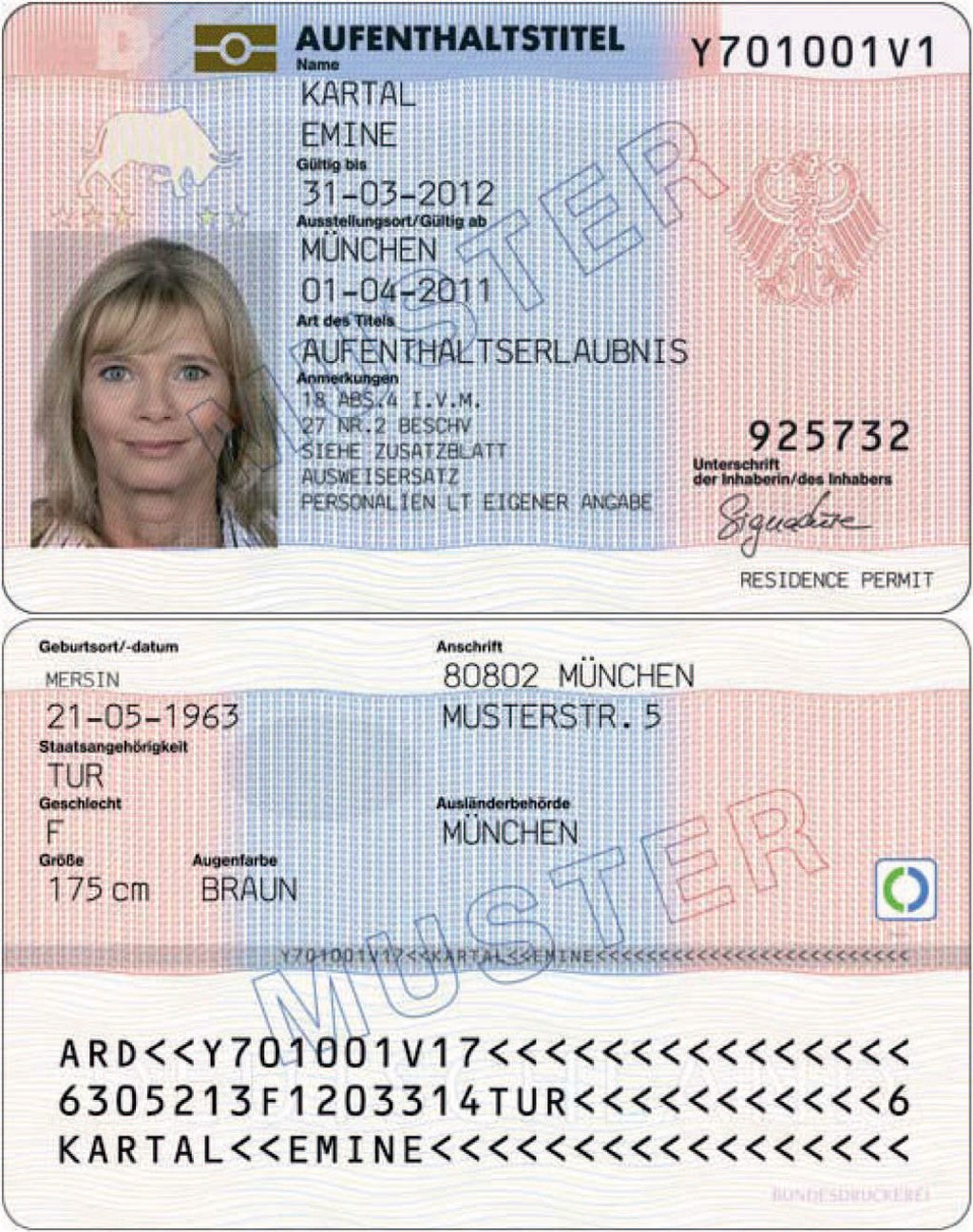Are there any travel limitations with a Portuguese D7 visa?
Published
travelD7featuredYou will have a lot more travel options living in Portugal. Know the rules.

D7 Travel Considerations
Getting your D7 visa and moving to Portugal has a lot of benefits, including access to a variety of travel opportunities not available in North America. A large number of people move specifically to open up travel opportunities. But, it isn’t unlimited travel, and there are a few very important rules you need to be aware of when planning any travel.
The first 90 days after arriving on your D7 visa
The D7 visa allows you two entries into Portugal while waiting to receive your residency permit card. When you first arrive, you use up your first entry, leaving you with just one more entry. This two-entry limit applies to visits to any country, even another country in the Schengen Area. While some people may have gotten away with additional trips within the EU, that was just dumb luck on their part. You may be able to get an exception for extenuating circumstances, such as a medical emergency, but otherwise you are stuck with that limit.
Day 91 until you get your residency permit card
The D7 gives you permission from the Portuguese government to live in Portugal until you get your residency card, but this permission only exists within Portugal. Only Portugal recognizes the Portuguese D7 visa and any extensions to that visa. Appointments with SEF are very difficult to get. Most Americans with a D7 visa will wait 4, 5 or even 6 months before their SEF appointment, and 2 weeks to 2 months to actually get their residency card. The Portuguese government grants automatic extensions to the D7 visa beyond the 120-day validity period. But this is only valid within Portugal, and you still have the two-entry requirement. For the rest of the Schengen zone countries, you are still considered to be on a 90-day tourist visa. Until you get your actual Portuguese residency permit card, the other countries in the Schengen Area will legally see you as someone who has overstayed the 90-day tourist visa, which could put you into a whole lot of legal jeopardy, including possible fines and getting banned from the Schengen Area. As a result, other Schengen Area countries are essentially off limits to you. If you have a remaining entry into Portugal, you could visit a country outside the Schengen Area, such as the USA, Canada or the UK, as long as you do not travel through a Schengen Area country on your return to Portugal. Need to go to a wedding in Wyoming? Just be sure to fly SLC->JFK->LIS and not SLC->AMS-LIS, for example. This is a very strange period as an immigrant, as you’re in a state of limbo on your legal status as a resident. My advice is to avoid any travel outside of Portugal until you have your residency permit card, and if you must travel, be very careful to remember the two-entry limit, and avoid transiting through a Schengen country in favor of flying directly to Portugal. One you have your card, things get a lot easier, but until then, you will have to live with these restrictions.
FAQs
I just had my SEF appointment, can I use the paperwork from that to travel to other European countries?
No. This is a common misconception. After your SEF appointment, you will have some official looking documentation, but unfortunately, it is not a “temporary copy” of your residency permit as some have stated. It is just a receipt confirming that you’ve completed the application process, and only has meaning within Portugal. Showing that document to a border control agent in France won’t get you very far. You need the actual, physical card, similar to the sample card below, which is an example of a German card that is very similar to the Portuguese version. This card is recognized throughout the EU.

When I travel, do I still need to bring my US passport or can I just bring my Portuguese residency card?
Yes, you still need to bring your passport with you, even when traveling within Europe. Your residency card proves you are a legal resident of Portugal, but you are still a US citizen, and will need your passport when traveling.
While waiting for my visa application to process, can I move to Portugal and send my visa back for the stamp when approved?
A lot of people will “move” to Portugal as a tourist and stay for less than 90 days while waiting for their visa application to get approved. But, you can not simply ship your passport back to the US to get stamped. By law, you must have your passport in your possession when outside the US. In addition, you need to show SEF that you entered Portugal with the D7 visa and show proof of that entry. Some people have a copy of their US passport, allowing them to send one back and keep the other. For those that can’t wait to get started in Portugal, the most common and sensible approach is to fly back to the US when the D7 approval comes, get the stamp in the US, then fly back to Portugal. It certainly adds to the overall cost of the move, but at least that is legal.
Once I get my residency permit card, can I travel freely within the EU?
To a certain extent, yes you can travel freely as a tourist. You can’t relocate to a different EU country and you can’t work in a different EU country. Your Portuguese residency permit is valid for two years. During that two years, you must spent 16 of these 24 months living in Portugal, and you can not be outside of Portugal for longer than 6 months at a time. At the end of that two year period, you can renew for another three years, which requires you to spend 28 of those 36 months in Portugal, with no absence longer than 6 months. After that, your permit can be renewed for 5 year periods, requiring 30 months in Portugal, and no absence longer than 24 months. So, respect the minimum stay requirements and you should be fine.
What exactly is the Schengen Area? Isn’t that the same as the EU?
While there are significant overlaps between the two, the Schengen Area doesn’t cover the same countries that the EU does. Named after the 1985 agreement signed in Schengen, Luxembourg, the Schengen Area includes a couple of countries that are not EU members (Switzerland, Norway and Iceland), and there are a couple of EU members who are not part of the Schengen Area, including Ireland, Romania, Bulgaria and Cyprus. There’s a helpful Wikipedia article describing the Schengen Area in more detail. When it comes to visas, residency permits and travel, focus on the Schengen area.



